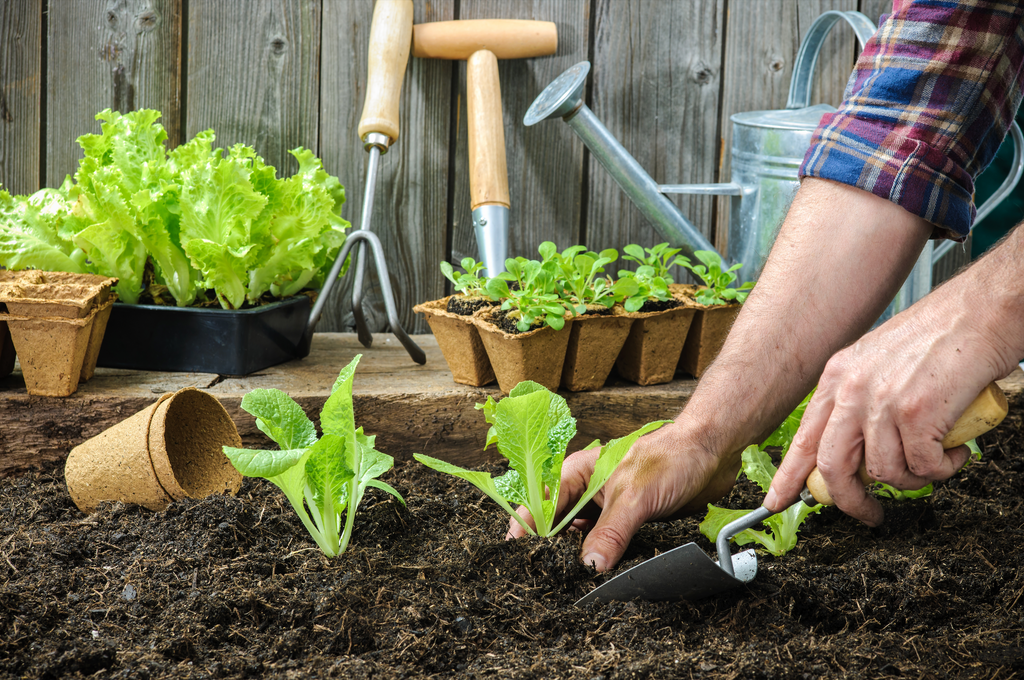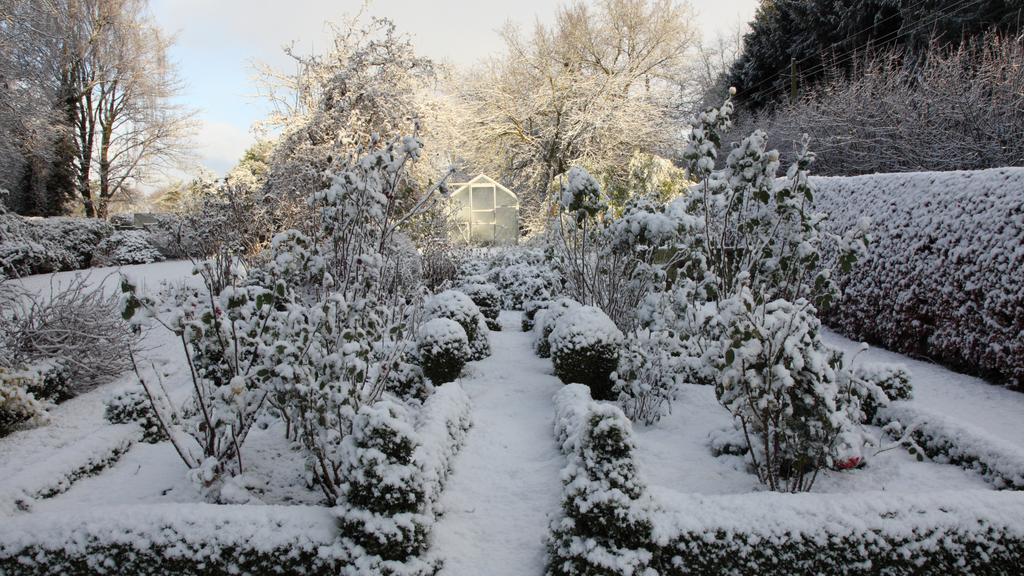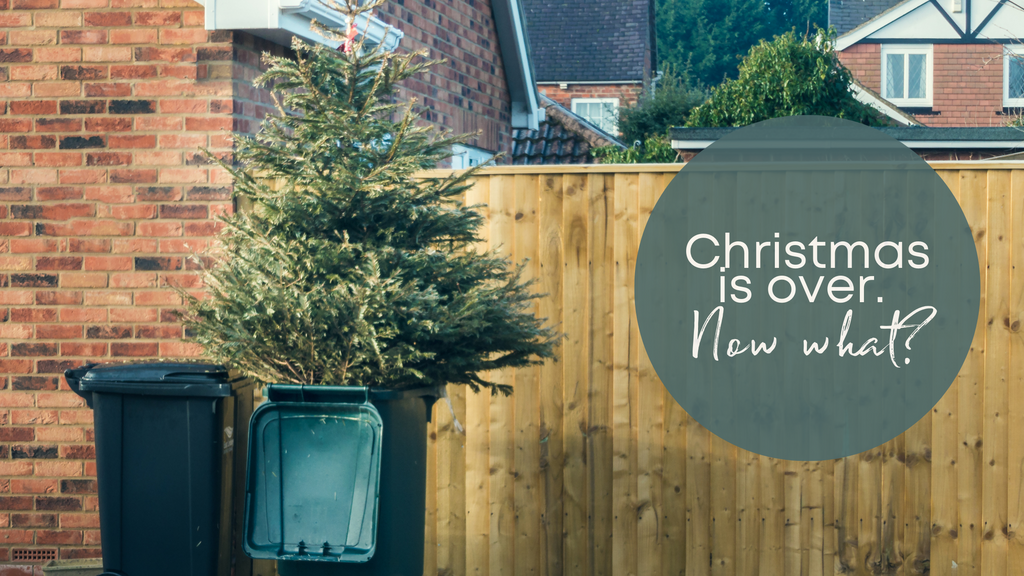
7 jobs to do in the garden this October


Now that cooler temperatures have set in, and amber-hued autumn leaves are flittering to the floor, it’s time to prepare your garden for the coming winter months. You’ve probably started to notice the cold touch of frost gently blackening more delicate plants, and you might be wondering how you can protect your garden and get it ready for colder weather.
Here are our top seven jobs to tackle in your garden this October.
Be sure to keep an eye on our new arrivals to find the perfect seasonal garden must-haves.
#1: Clear autumn leaves weekly
If you have larger trees in your garden, it’s likely that your lawn and flowerbeds are sprinkled with dry, crunching leaves.
While your little ones may love playing in this lovely layer of autumn wonder, it’s best to get a hand on dry leaves quickly and before winter sets in.
Excessive amounts of leaves, especially going into winter, can smother your grass and can even stop it from growing the way it should.
The best way to clear your leaves this time of year is to run a lawn mower over them. This might sound absurd, but the cutting action of the blades will shred the leaves, meaning they will rot down a lot faster and won’t suffocate your lawn.
As the leaves fall, you should be clearing them this way once a week.
In terms of pathways, balconies, and other surfaces, it may be worthwhile to invest in a leaf blower. A build-up of leaves can become quite slippery during wet weather and can lead to injury.
Use your leaf blower to blow the leaves onto your lawn for the mower to handle or onto a tarpaulin to be taken to the compost heap.
#2: Prepare for frost
Winter is on its merry way, and the cold layers of frost it bears can cause havoc for certain plants. If you are going to do anything in your garden this October, it’s best to protect your precious collection from frost damage.
Take herbaceous perennials like ornamental poppies, for example. They’ll be wintering underground and can easily be protected with a layer of bark compost.
If you can, bring smaller succulents indoors and protect larger plants with gardening fleece or insect-proof mesh around their tops.
#3: Stir it up
As you clear your garden for winter, it’s likely you’ll be generating plenty of material for your compost heap. To ensure everything rots down quickly and turns into the lovely stuff you can feed your plants with, turn the contents of your compost heap regularly. This gives your compost the air it needs to decompose.
Also, keep in mind that when it’s colder, the rate at which your compost heap rots will slow down. Not to worry, though, it will speed up as warmer months arrive.
#4: Weeding and mulching after last harvests
As you finish off your last harvests for the year, it’s important to dig deep and do some much-needed weeding. This will ensure your soil is ready for spring sowing.
Next, you’ll want to spread a three to a five-centimetre deep layer of compost across your beds. You can go as deep as 10 centimetres for new beds. Doing this protects and feeds the organisms found in your soil which are what keep the soil aerated and structured.
Homemade compost is best as it typically contains all the nutrients your soil needs to endure the cold and be ready for a fruitful spring. However, you can also use green-waste compost, well-rotted manure, or spent mushroom compost.
#5: Start potting
Now is the perfect time to start preparing your pots for spring! The early bird gets the worm, as they say. October is a great time to start planting some containers with spring colours.
Bedding plants and spring-flowering bulbs are the ideal blooms to start planting in these autumn months.
Choose a spring flowering bulb like the lovely lady in red Abba Tulip Double or our beautiful Blushing Apeldoorn, and be sure to keep your pots in a sheltered area, like under your porch, for example. This should result in some blooms throughout winter and prevent plants from getting damaged by frost and rain.
Although you won’t see the colours that spring is best known for, you should see some lovely blooms while it’s colder.
#6: Sort out your summer bedding
By now, your summer bedding has done its job and is ready to be pulled up and added to your growing compost heap.
Once you’ve pulled up the bedding, it’s a good idea to mulch the bear soil with compost so that worms can start to drag into the soil and improve its condition over the winter months. This will mean your soil will be perfectly ready for sowing come spring.
#7: Deadhead your dahlias
Although temperatures are dropping, our delightful dahlias continue to flower. However, their foliage is on the tender side and will eventually blacken due to the colder weather and frost.
You can encourage these flowers and your other plants to continue growing and producing stunning blooms by regularly removing the old flowers as they begin to droop and lose colour. You can add these dead blooms to your compost heap.
You’ve certainly got your work cut out for you in the garden this October! It’s certainly all worth it, though, when spring and summer roll around, giving life to colourful blooms and greenery. Remember, now is the time to protect the lovely things growing in your garden so that they make it through the colder months. You won’t regret taking this extra step.
Start shopping for your spring flowering bulbs and summer bedding on our website to prepare for a lovely display in the new year.






